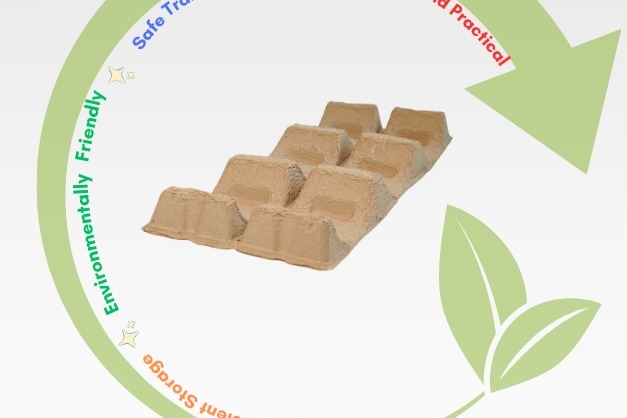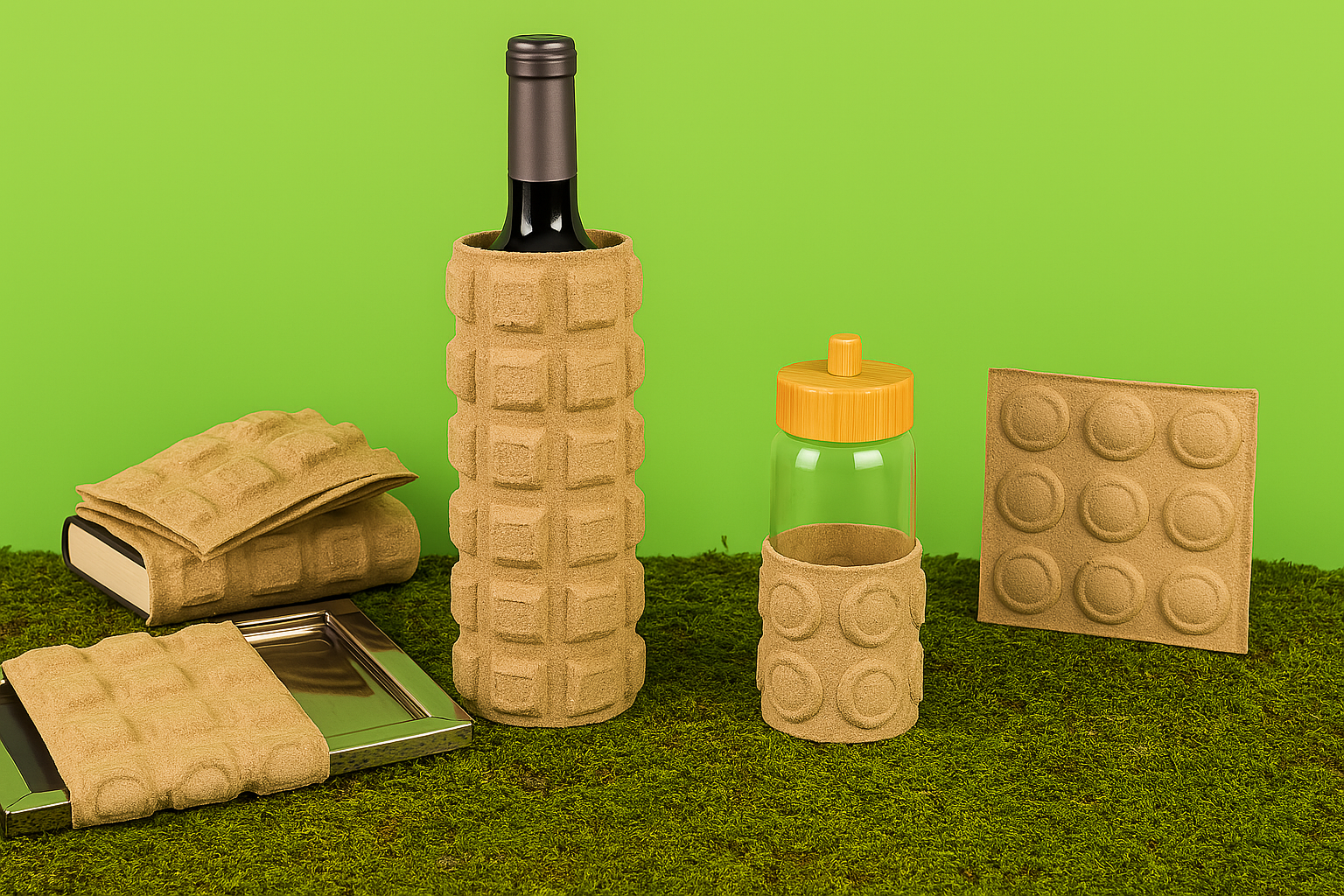Introduction
Environmental concerns are at its highest during these days. Carbon emissions climbed to a record high last year. Millions of people demonstrate protests across the world and demand urgent action for environmental pollution and climate change. Companies needed to pay more attention to the effect they having on the world. Since sustainability starts with packaging, in this article, molded pulp and its environmental effects are examined in various aspects.
Molded Pulp and Recyclability
The recycling of molded pulp starts mixing with water in the pulpers, the fibre is cleaned and maybe de-inked depending on the end-use. The molded pulp for recycling has now been turned into pulp, from which paper can be made again, either using 100% recycled pulp or mixed with ‘virgin’ pulp derived directly from trees.
Molded pulp, like any other paper-based packaging, has the highest recycling rate of any packaging material, at 82.6%, followed by metal (76.2%), glass (73.1%), plastic (39.8%) and wood (39.3%). [1]

Molded Pulp and Compostability
Molded pulp packaging does not accumulate in the environment and in the oceans. It breaks down within months before becoming an issue for the environment, whereas the durability of plastic means it can stay in the environment for centuries.
A paper bag is estimated to take 1 month to break down, whereas a plastic bag takes 10-20 years and a plastic bottle takes 450 years for fully compost in the soil [2]. The ratio of collected litter types between 2013 and 2017 can be seen in Figure-2. This helps to explain why, between 2013 and 2017, 82% of the litter collected on European beaches was plastic, while only 2% was paper or cardboard

Plastics are ingested by sea birds, fish, and other organisms, and experts warn about findings its way into the human food chain. Plastic has been found in a third of UK-caught fish, sea salt around the world and 72% of European drinking water. [4], [5]
Molded Pulp and Carbon Footprint
In the climate change context, Carbon is commonly used as an abbreviation of carbon dioxide (CO2) which is a greenhouse gas, released by humans. Carbon footprint is a description of the total amount of greenhouse gases released as the result of a given activity.
The Global Warming Potential (GWP) of molded pulp is significantly less when compared with plastics. According to a research of PÖYRY, released CO2 during molded pulp egg carton production is 1.73 eq./kg whereas it is 4.33 CO2 eq./kg in polyethylene terephthalate (PET) egg cartons. This is due to the use of renewable raw material in molded pulp production which does not generate much non-biogenic (fossil) CO2. [6]

Another research revealed that polystyrene egg cartons during their life cycle produce 7 times more Nitrogen Oxides (NOx) and 16 times more Sulfur Dioxide (SOx) than molded pulp egg cartons [7]. NOx and SOx have linked with several hazardous effects on health such as asthma, heart disease and elevated risks of premature death.
References
[1] T. Barker, “Comparison of Carton and Plastic Packaging Sustainability,” Truffula Ltd., London, 2018.
[2] K. B. Tidy, “The Little Book of Litter,” The Russell Press, Wigan, 2012.
[3] “Marine Litter Watch Data,” European Environment Agency, [Online]. Available: https://www.eea.europa.eu/data-and-maps/dashboards/marine-lietter-watch-daha-viewer. [Accessed 2019].
[4] T. Guardian, “Sea salt around the world is contaminated by plastic, studies show,,” 2017.
[5] T. Guardian, “Plastic fibres found in tap water around the world, study reveals,,” 2017.
[6] P. V. Jesse Kautto, “LCA for Molded Fiber Packaging,” PÖYRY, 2017.
[7] E. K. Zabaniotou, “Life cycle assessment applied to egg packaging made from polystyrene and recycled paper.,” Journal of Cleaner Production, vol. 11, no. 5, pp. 549-559, 2003.



